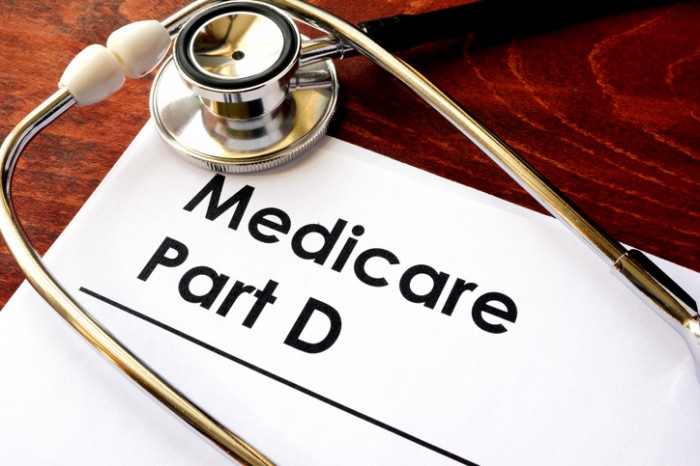Medicare Part D Premiums Continue to Decrease, CMS Says
CMS anticipates that Part D premiums will continue to drop as Part D enrollment rises.

Source: Getty
- The average basic Medicare Part D premium for prescription drug plans is projected to decline, CMS announced.
“CMS has been taking action to lower the cost of prescription drugs, and we are seeing the results of our actions,” CMS Administrator Seema Verma said. “Part D plans are having to prove their value to beneficiaries – the actions that CMS has taken to strengthen the Medicare prescription drug program are working to drive down costs for seniors.”
The announcement outlined a trend that has extended over the past three years. Part D premiums have decreased by 13.5 percent since 2016, saving beneficiaries around $1.9 billion. The actual average Part D premium in 2017 was $34.70. CMS projects that for 2020 the average Part D premium will decline to $30, a decline of around 13.5 percent.
If this trend continues, the lower Medicare premium subsidies could save taxpayers around $6 billion.
Due to these savings, enrollment in Part D plans has spiked by 12.2 percent since 2017.
“Medicare Part D plans continue to be extremely popular, and the President is delivering improvements to Part D, offering plans more ways to provide low-cost options and delivering patients more transparency on drug prices,” HHS Secretary Alex Azar said.
The administration attributes this decline to increased competition. Changes to Medicare Part D allowed more customizability in the prescription drug plans. These alterations aim to establish a more value-based, consumer-centered approach to Medicare Part D.
Efforts to increase price transparency and provide Medicare with greater negotiation tools also may have played a key role in driving the plans’ popularity, CMS said.
CMS noted seven major changes to Part D that may have contributed to the plan’s success.
First, CMS required Part D plans to make drug price and potential out-of-pocket costs accessible to providers at the point of prescribing. This would allow providers to select the best, most cost-effective medication for their patient.
Major payers such as Blue Cross Blue Shield have taken a similar approach.
CMS also prohibited gag clauses. The agency reasoned that pharmacies should not be barred from telling a patient when a lower cost drug is available. The effort was part of the administration’s America’s Patients First reforms, which were widely approved by payers and industry leaders.
The Explanation of Benefits document, issued to Medicare beneficiaries, now includes drug price information and therapeutic suggestions.
CMS followed a model set by the private sector by creating an indication-based formulary design. This approach provides beneficiaries with plan options that are more tailored to their health needs, the agency says.
CMS also supported the rise of biosimilar use, which would decrease the cost for low-income beneficiaries.
The agency sought to advance the availability of certain lower-cost, generic drugs by allowing immediate substitution on plan formularies.
Lastly, to increase Part D plan competition, CMS removed the requirement that Part D plans have to “meaningfully differ” from one another.
These figures are encouraging for the agency, CMS officials said, considering the industry’s continued push to battle high drug prices.
While premiums declined and enrollment rose, Part D prescription drug spending per enrollee has increased in recent years and is projected to continue rising, according to a Kaiser Family Foundation (KFF) report from earlier this year.
KFF attributes this to increased payments for hepatitis C treatments. Spending grew only 2.2 percent between 2010 and 2017 but is expected to rise to almost pre-Affordable Care Act levels, with a 4.6 percent annual spending increase until 2027.
“Medicare is second only to private insurance as a major payer for retail prescription drugs,” KFF reported. “The program’s share of the nation’s retail prescription drug spending has increased from 18% in 2006 to 30% in 2017.”
Many of CMS’s recent proposals target high drug prices and healthcare spending, which the agency hopes will have a success rate similar to its premium-lowering policies.
